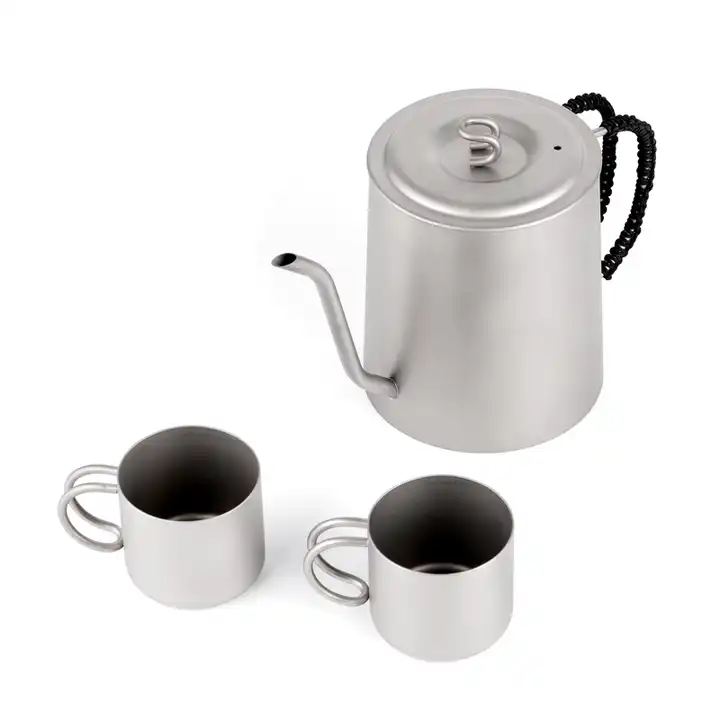Introduction:
Camping is an opportunity to enjoy the great outdoors, and what better way to end a day of outdoor adventures than with a delicious dessert? Whether you have access to a campfire or are using a portable stove, there are plenty of simple and indulgent desserts that can be made while camping. In this article, we will explore various camping desserts that are easy to make and will satisfy your sweet tooth. From classic s’mores to creative campfire pies, there is a dessert for every camping trip.
Part 1: Classic Campfire Treats
Level 1: S’mores
The quintessential camping dessert, s’mores are a timeless favorite. Made with graham crackers, marshmallows, and chocolate, these sweet treats are easy to make and require minimal ingredients. Whether you prefer to toast your marshmallows to a perfect golden brown or enjoy them charred, s’mores are a must-have for any camping trip.
Level 2: Banana Boats
For a twist on the classic s’mores, try making banana boats over the campfire. Simply slit a banana down the middle, fill it with chocolate chips and marshmallows, wrap it in foil, and place it on the campfire to melt the ingredients. The result is a warm, gooey dessert that is sure to please everyone around the campfire.
Part 2: Campfire Pies
Level 1: Pie Iron Pies
Pie irons are a popular tool for making delicious campfire pies. Simply fill two slices of bread with your choice of pie filling, such as apple or cherry, and cook them in the pie iron over the campfire. The result is a warm and crispy pie that is a perfect ending to a day of camping.
Level 2: Campfire Cone Sundaes
For a fun and customizable dessert, try making campfire cone sundaes. Fill a waffle cone with your choice of toppings, such as marshmallows, chocolate chips, and fruit, then wrap it in foil and place it on the campfire to melt the ingredients. The result is a ooey-gooey dessert that is easy to eat and perfect for sharing.
Part 3: Portable Stove Desserts
Level 1: Skillet Brownies
If you have access to a portable stove, consider making skillet brownies for a decadent camping dessert. Simply mix the brownie batter in a skillet and cook it over the stove until the edges are crispy and the center is gooey. Serve with a scoop of ice cream for an indulgent treat.
Level 2: Campfire Eclairs
For a unique camping dessert, try making campfire eclairs on a portable stove. Instead of using an oven, simply cook the pastry dough over the stove until golden brown, then fill it with whipped cream and top with chocolate sauce. The result is a delicious and impressive dessert that is surprisingly easy to make.
Part 4: No-Bake Camping Desserts
Level 1: No-Bake Cheesecake
For a refreshing and easy camping dessert, try making a no-bake cheesecake. Simply mix together cream cheese, sugar, and vanilla, then pour the mixture into a graham cracker crust. Chill the cheesecake in a cooler or cold stream for a few hours, and enjoy a creamy and delicious dessert.
Level 2: Trail Mix Bars
For a quick and energy-boosting camping dessert, make trail mix bars that require no baking. Combine ingredients such as oats, nuts, dried fruit, and honey, then press the mixture into a pan and let it set. These bars are a perfect on-the-go snack that satisfies your sweet tooth and keeps you fueled for outdoor activities.
Part 5: Creative Campfire Desserts
Level 1: Campfire Banana S’mores
For a unique twist on s’mores, try making campfire banana s’mores. Slit a banana and fill it with marshmallows and chocolate chips, then wrap it in foil and cook it over the campfire. The result is a warm and gooey dessert that combines the flavors of s’mores with the natural sweetness of bananas.
Level 2: Grilled Pound Cake with Berries and Cream
For a sophisticated camping dessert, try grilling pound cake over the campfire and topping it with fresh berries and whipped cream. The heat from the grill caramelizes the cake, while the fresh berries add a burst of flavor. This elegant dessert is sure to impress your fellow campers.
Part 6: S’mores Variations for Your Next Camping Trip
S’mores are a classic camping dessert, but there are plenty of ways to riff on this traditional treat. You can try using different types of chocolate, such as dark chocolate, white chocolate, or flavored varieties like salted caramel or raspberry-infused chocolate. Experiment with different types of graham crackers, or even swap them out for cookies like chocolate chip or ginger snaps.
Another fun way to mix up your s’mores is by adding in extra ingredients. Peanut butter, banana slices, or a drizzle of caramel can take your s’mores to the next level. You can also try using flavored marshmallows, like strawberry or mint, for a unique twist on this camping favorite. Get creative and see what delicious combinations you can come up with!
Part 7: Campfire Apple Crisp for a Delicious Outdoor Dessert
Apple crisp is a comforting and delicious dessert that can easily be prepared over a campfire. Simply toss sliced apples with sugar, cinnamon, and a bit of lemon juice, then place them in a foil packet. In a separate bowl, mix together rolled oats, brown sugar, flour, and a pinch of salt, then sprinkle this mixture over the apples. Add a few pats of butter on top, wrap the foil packet tightly, and place it on the campfire coals for about 20 minutes, or until the apples are tender and the topping is crispy.
The result is a warm, gooey apple camping desserts that is sure to satisfy your sweet tooth after a long day of outdoor adventures. Serve it with a dollop of whipped cream or a scoop of vanilla ice cream for an extra indulgent treat.
Part 8: Campfire Banana Boats: A Fun and Easy Dessert for the Whole Family
Banana boats are a simple and enjoyable camping dessert that kids and adults alike will love. To make them, simply slit a banana lengthwise, leaving the peel on, and stuff it with your choice of toppings. Some popular options include chocolate chips, mini marshmallows, and crushed graham crackers, but you can get creative and use whatever you have on hand.
Once the banana is stuffed, wrap it in foil and place it on the campfire coals for about 5-10 minutes, or until the toppings are melted and the banana is soft. Carefully open the foil and enjoy this gooey, sweet treat with a spoon. It’s a fun and customizable dessert that is perfect for sharing around the campfire.
Part 9: S’mores 3 Ways
S’mores are a classic camping dessert that everyone loves. But why not switch things up and try s’mores with a twist? Here are three fun and delicious ways to enjoy s’mores on your next camping trip.
- Peanut Butter Cup S’mores: Instead of using regular chocolate bars, swap them out for peanut butter cups. The combination of gooey marshmallow and melty peanut butter cup is absolutely divine. Just sandwich a roasted marshmallow between two graham crackers with a peanut butter cup for a decadent treat.
- S’mores Dip: This variation of s’mores is perfect for sharing with a group. Simply melt chocolate chips and marshmallows in a cast iron skillet over the campfire until they are gooey and bubbly. Then use graham crackers to scoop up the gooey goodness. It’s a fun and interactive way to enjoy s’mores with friends and family.
- S’mores Banana Boats: For a healthier twist on s’mores, try making banana boats. Slice a banana lengthwise, stuff it with marshmallows and chocolate chips and wrap it in aluminum foil. Place the banana boats on the campfire grate and let them cook until the marshmallows and chocolate are melted. The warm, gooey banana boats are a delicious and satisfying way to end a day of camping.
These fun variations on traditional s’mores are sure to be a hit with everyone at the campsite. Whether you’re looking for a quick and easy treat or a more elaborate dessert to impress your fellow campers, these s’mores recipes are a great way to enjoy a camping classic with a twist.
Conclusion:
Camping desserts are a fun and delicious way to end a day of outdoor adventures. Whether you prefer classic campfire treats, indulgent pies, portable stove desserts, no-bake options, or creative creations, there is a camping dessert for every taste and preference. So next time you plan a camping trip, don’t forget to pack the ingredients for a sweet treat that will make your camping experience even more memorable.


































